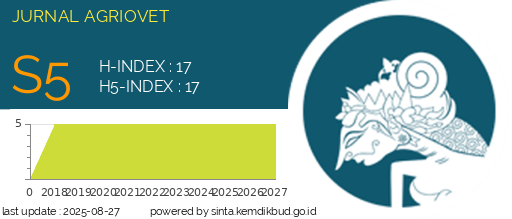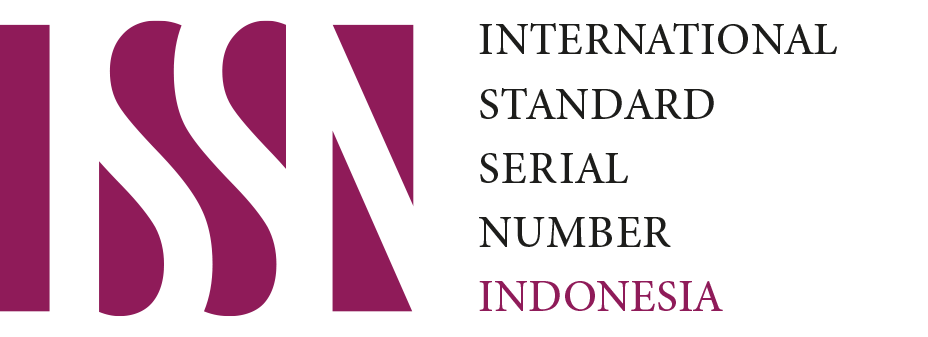DISPARITY OF RED CHILIES IN INDONESIA
DOI:
https://doi.org/10.51158/agriovet.v5i1.818Keywords:
Disparity, Chili, FluktuationAbstract
There are many influencing factors in increasing chili production, including climate factors and pests. West Java province is one of the largest chili production centers in Indonesia. This study uses secondary time series data from the Ministry of Trade, Agriculture, and the Central Statistics Agency (BPS). Daily data on chili prices from the Ministry of Trade analyzes price fluctuations. Analysis of the data used uses Coefficient of Variation or coefficient of variation (KK) prices. The quantity of chili consumption in the 2009-2019 period tends to go up and down. The average consumption of chili is 3.71 kg/capita/year. The highest chili consumption rate occurred in 2015, with consumption reaching 5.92 kg/capita/year, increasing 33.93% from the previous period. The national average chili price in May 2016 was relatively high, at IDR 27,567/kg for cayenne pepper. The price level is in the range of the benchmark price set by the Ministry of Trade of Rp. 28.000,-/kg for cayenne pepper. The price disparity of large red chilies and cayenne peppers illustrates the diversity of the National Prices each month for each commodity. The occurrence of price disparities, of course, is strongly influenced by seasonal price fluctuations that almost occur every year and are troubling to chili consumers. The spike in chili prices was caused by reduced supply, while demand was constant every day and even tended to increase in certain seasons.











